Basic Minor Surgery Kit
د.إ0,00
- Scalpel Handle and Blades: Used for making incisions.
- Forceps: To grasp and hold tissues or objects.
- Scissors: For cutting sutures, tissues, or bandages.
- Needle Holder: Used to hold needles during suturing.
- Sutures: Threads used to sew wounds or surgical incisions.
- Dressing Forceps: Specialized forceps for handling dressings.
- Sterile Gauze Pads: Used for wound cleaning and dressing.
- Antiseptic Solution: For cleaning the skin and instruments.
- Sterile Drapes or Towels: To create a sterile field around the surgical site.
- Syringes and Needles: For administering local anesthesia or medications.
These kits are designed to be portable and convenient for performing minor surgical procedures safely and effectively, typically under sterile conditions.
Description
- Scalpel Handle and Blades: Essential for making precise incisions during procedures. The handle allows for easy blade attachment and removal, ensuring sharpness and sterility.
- Forceps: These are versatile instruments used for grasping and manipulating tissues, sutures, or other objects within the surgical field. They come in various types such as tissue forceps, hemostatic forceps (used for controlling bleeding), and dressing forceps (for handling sterile items like gauze).
- Scissors: Surgical scissors come in different sizes and shapes for cutting tissues, sutures, or dressings. They are designed to be sharp and precise to ensure clean cuts.
- Needle Holder (Needle Driver): Used to hold and manipulate surgical needles when suturing wounds. They are designed to securely grip needles of various sizes and are crucial for precise stitching.
- Sutures: These are sterile threads used to stitch wounds or surgical incisions closed. Sutures come in different materials (such as absorbable or non-absorbable) and sizes depending on the type of procedure and the patient’s needs.
- Sterile Gauze Pads: These are used for wound cleaning, applying antiseptic solutions, and as a primary layer in wound dressings. They are individually wrapped to maintain sterility.
- Antiseptic Solution: Used for cleaning the skin around the surgical site and disinfecting instruments. Common antiseptics include iodine solutions (e.g., povidone-iodine) or chlorhexidine gluconate solutions.
- Sterile Drapes or Towels: These are used to create a sterile field around the surgical site, preventing contamination of the wound during the procedure. They are typically made of non-woven materials and are disposable.
- Syringes and Needles: These are used for administering local anesthesia, injecting medications, or irrigating wounds during minor surgical procedures. They come in various sizes depending on the volume of solution needed.
- Cotton Balls or Swabs: Used for applying antiseptic solutions or cleaning the skin around the surgical site.
- Adhesive Bandages or Dressings: Used to cover small wounds or incisions after the procedure is complete.
- Tourniquet: In some kits, a tourniquet may be included for temporary blood flow control during procedures requiring it.
The contents of a basic minor surgery kit may vary slightly depending on the specific requirements of the healthcare provider or the type of procedures performed. However, these essential items ensure that minor surgeries can be conducted safely, efficiently, and with minimal risk of infection or complications. Proper training and adherence to sterile techniques are essential when using these kits to maintain patient safety and optimal surgical outcomes.
-
- Sale! Add to cart
- Cotton Swabs and Balls, General Consumable
Medical Non Woven Swab Gauze Sponge
- Original price was: د.إ14,00.د.إ9,00Current price is: د.إ9,00.
-
- Sale! Add to cart
- Dental Restorative Materials, Glass Ionomer Cement
Exacto High light transmission and double taper – Glass fiber intraradicular conical post (0.5)
- Original price was: د.إ185,00.د.إ165,00Current price is: د.إ165,00.
-
- Sale! Add to cart
- Dental instruments (drills, mirrors, probes), Dental Products
E CONNECT S (Endo Motor)
- Original price was: د.إ4.850,00.د.إ4.790,00Current price is: د.إ4.790,00.
-
- Sale! Add to cart
- General Consumable, Wet Wipes
Large Alcohol V Wipes (Surface Disinfectant Large Wipes)
- Original price was: د.إ65,00.د.إ51,00Current price is: د.إ51,00.
-
- Sale! Add to cart
- Dental Surgical Consumables, Surgical blades and burs
DIATECH Crown and Bridge Preparation Kit
- Original price was: د.إ385,00.د.إ374,00Current price is: د.إ374,00.
-
- Sale! Add to cart
- Dental Surgical Consumables, Sutures
Hygenic Dental Dam Clamps Set
- Original price was: د.إ430,00.د.إ390,00Current price is: د.إ390,00.

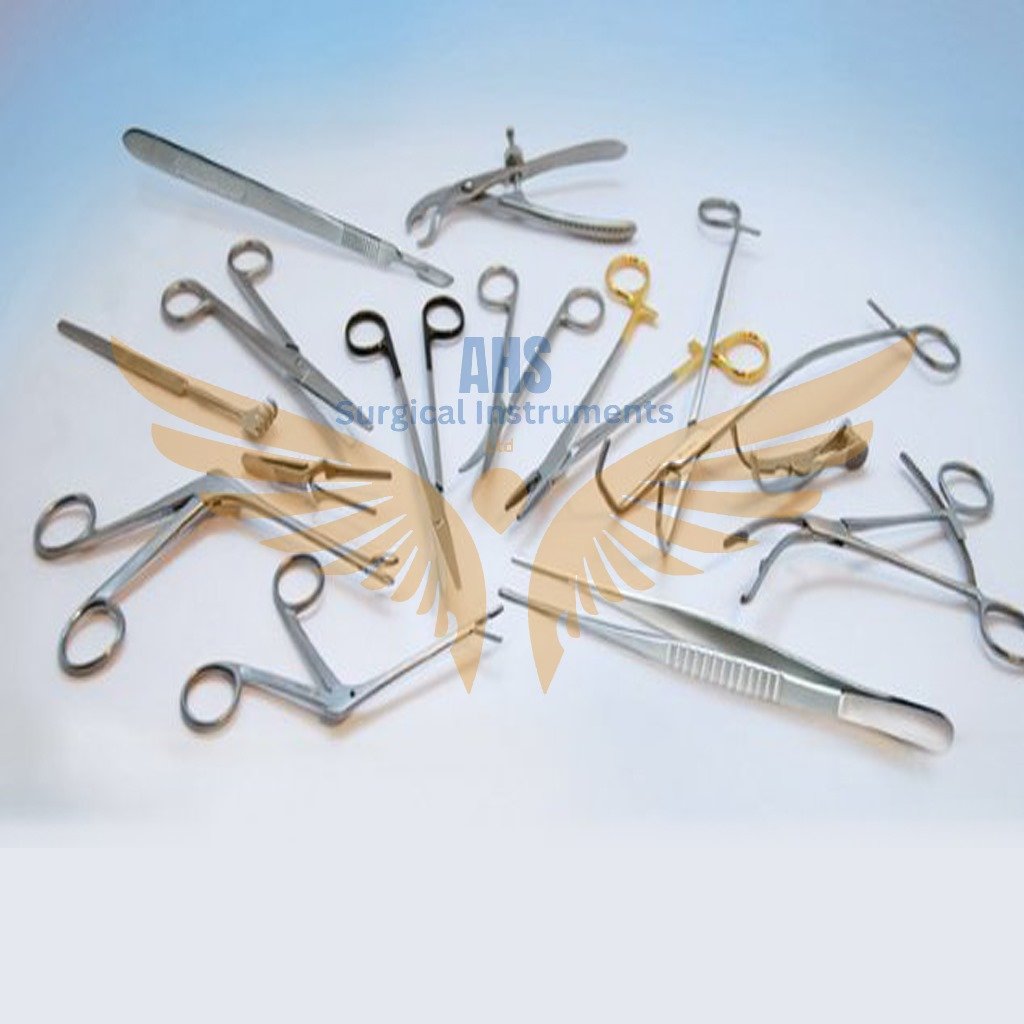
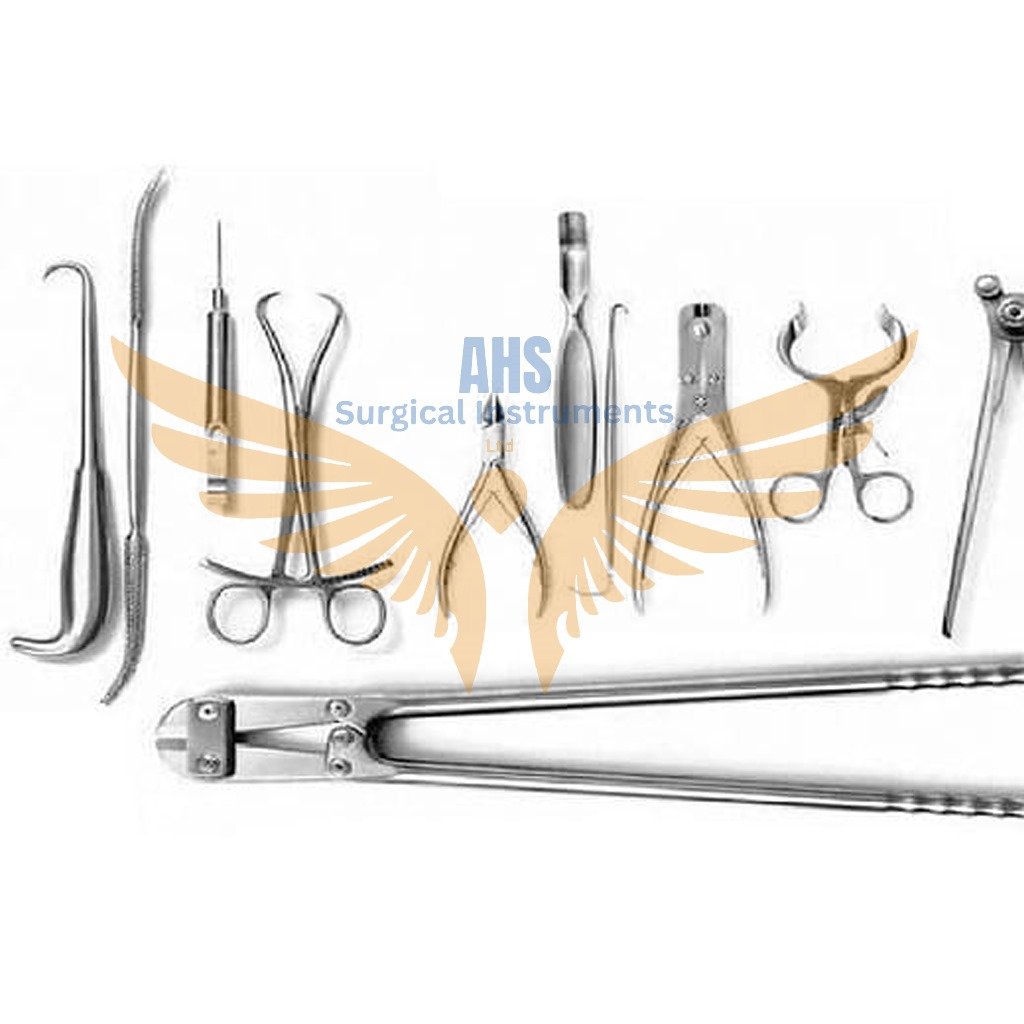
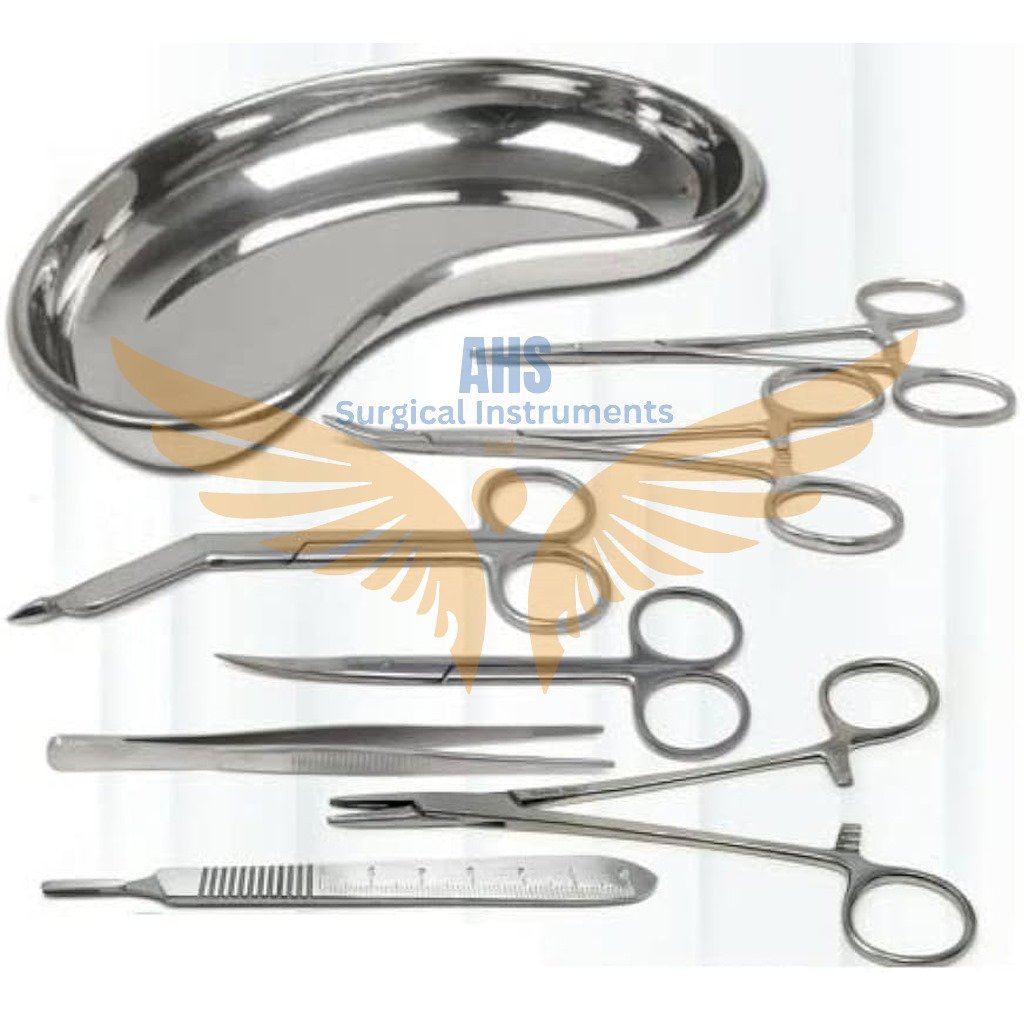




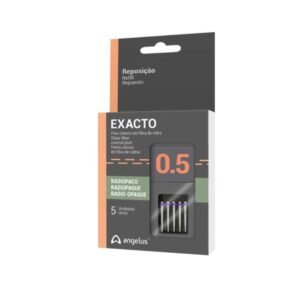
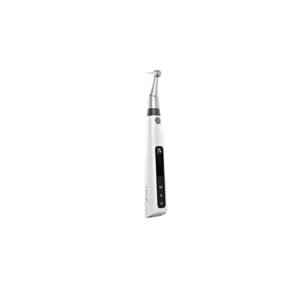
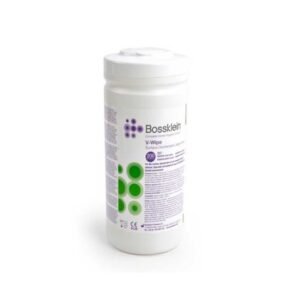
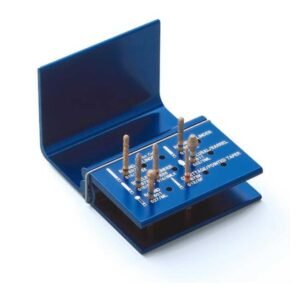



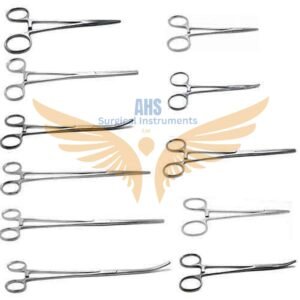


Reviews
There are no reviews yet.